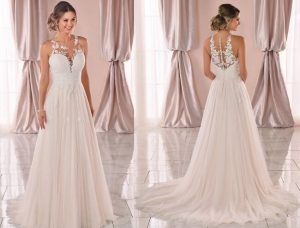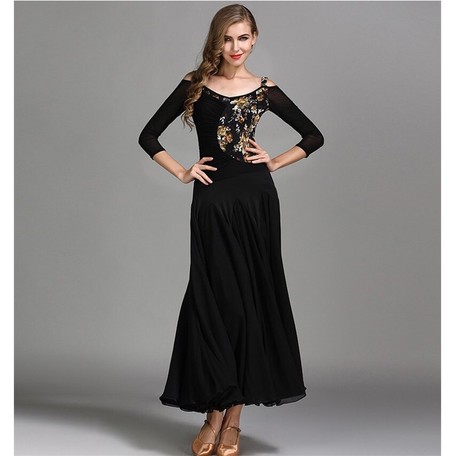What is ballroom dancing and how it evolved

Ballroom dancing evolved from royal dances and rural dances that had specific steps and are often referred to as dances, such as square dances, in which a leader calls out the steps as the group dances to the music. Although some of these dances, such as the melody, did not allow for any direct contact between the couples, they did not have the same appearance as most of today’s “ballroom” dances. It was during the nineteenth century that the dance gained popularity and travelled from Germany to France and England, where the intimate approach between dancers was once considered obscene. A skintight waistline, whose shape altered over time, a tight neckline, and a long dress made by a large number of underskirts known as petticoats or wire cages were the mainstays of Jeravae ballroom costume in the nineteenth century, and the costumes for women were no exception. To start, men wore black waistcoats with a white shirt and some variety of tie. They then transitioned into pants that were initially much shorter and tighter, eventually growing into the stockings that we are used to seeing today. Gloves were used by both men and women to dance in the nineteenth century.

Ballroom dance saw significant transformations in the early twentieth century. As the dance from Argentina spread throughout Europe, the popularity of dances from the United States, such as the swinging dance and the foxtrot, expanded, and the participation in dances from Latin America started to develop.
During the pop / rock era, clothing grew less stiff, allowing for greater free movement and expression. In the jazz era, women’s skirts became shorter and more puffy as a result of this fashion trend. Dances from Latin America, such as the Rumba, were introduced to the ballroom program in the 1950s, and dancers began to dress in different styles for “Latin” dances such as the cha cha than they did for “Regular” dances such as the waltz during this time period. The designs of both dresses were identical, but the embroideries on them were different. As time progressed, the length of Latin garments decreased and the styles became more diverse. This fashion has persisted until the present day, with normal clothes being long and starting to flow, whereas Latin costumes are short and varied in form.The dress’s manufacture took a long time, but it was well valuable because it was expect to use it in many programs, so it was well worth it.